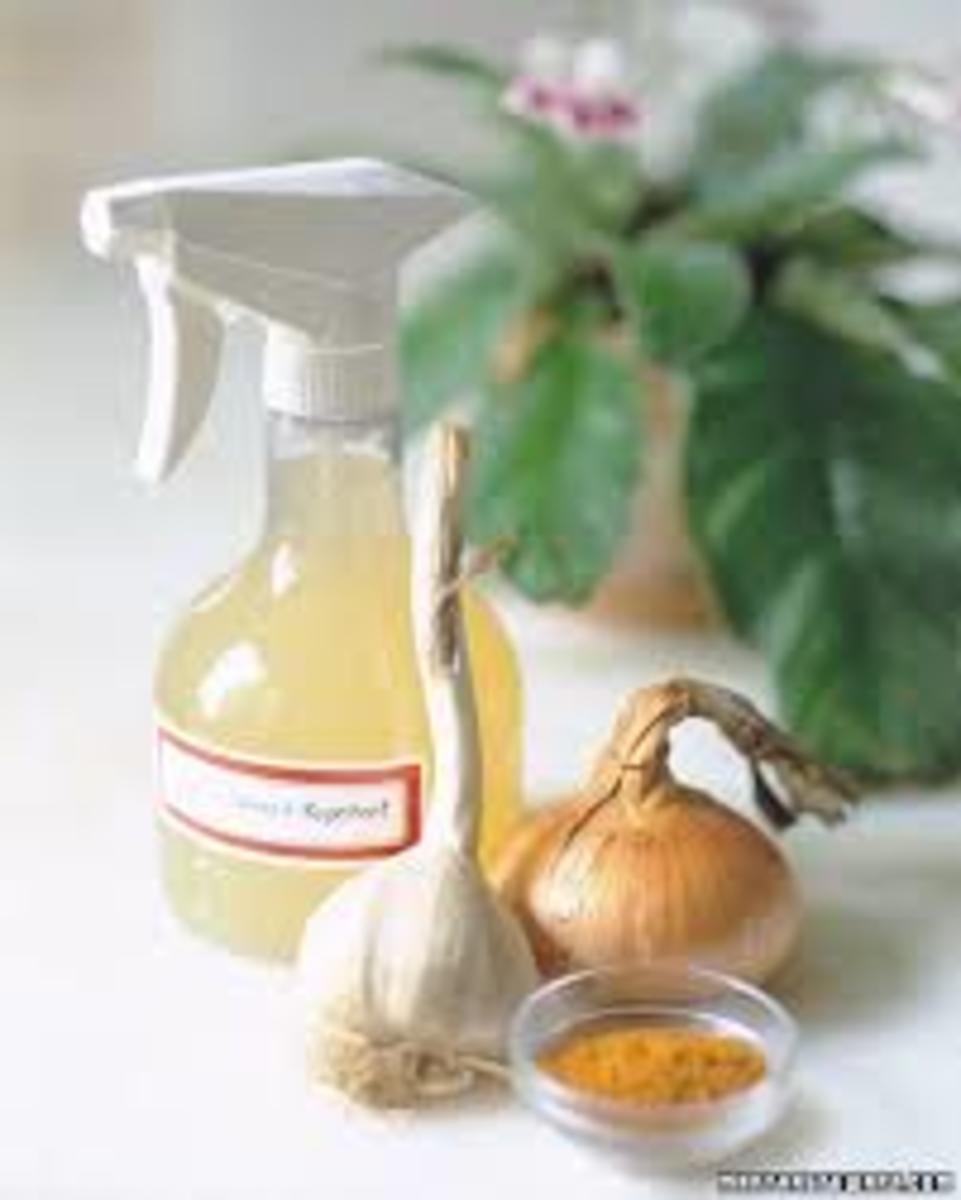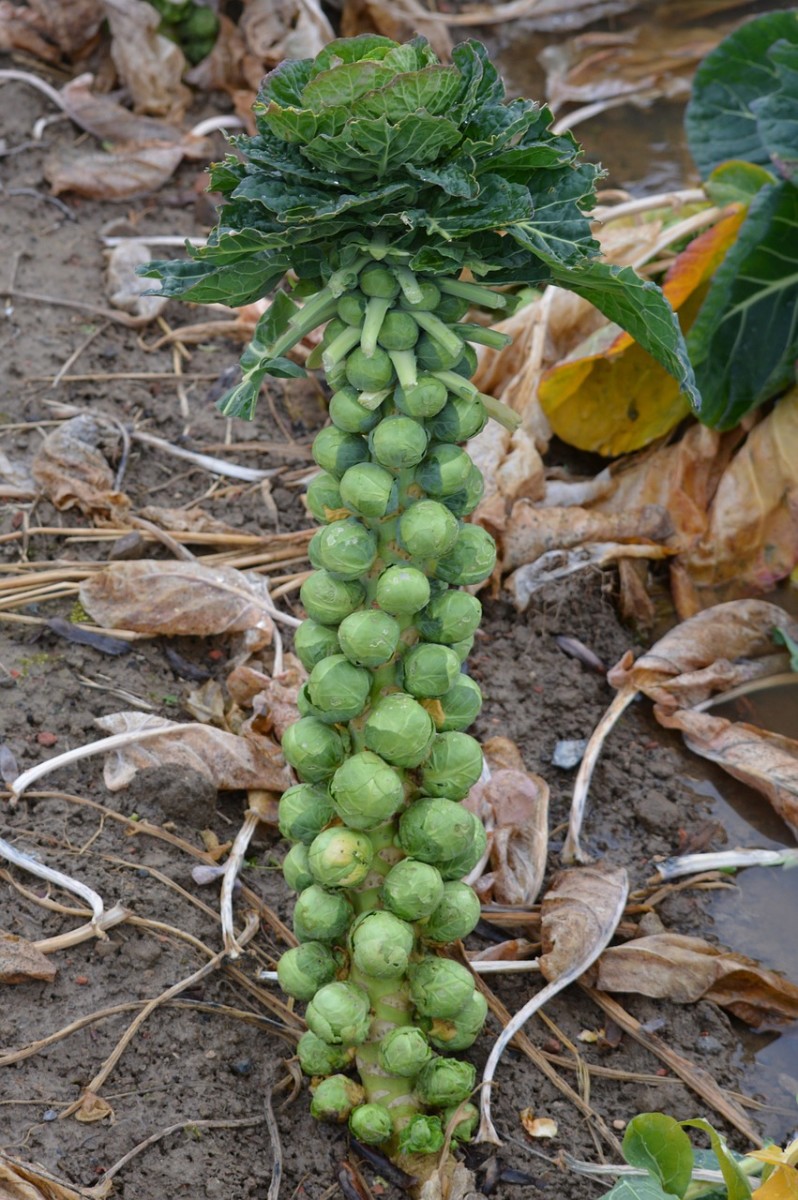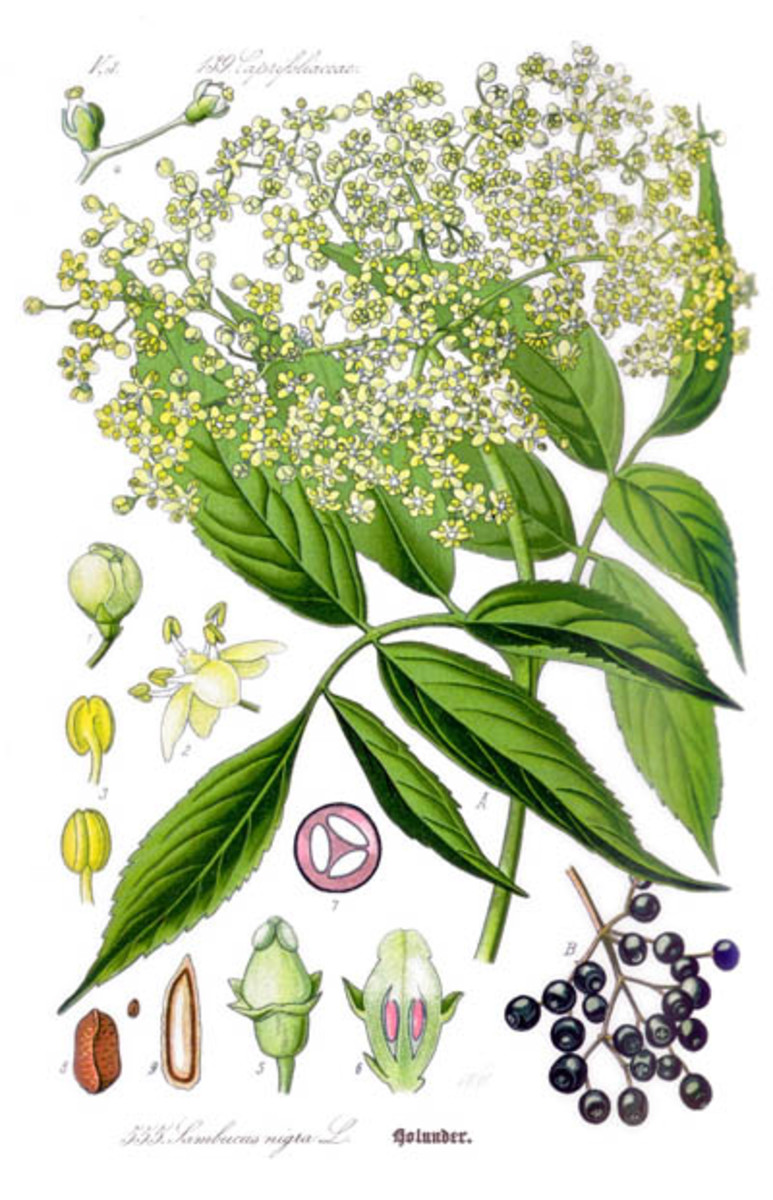Why Organic Foods Cost More
The Question Everyone Is Asking
Well, perhaps not everyone, but it certainly is a question you will hear from time to time. Why does healthy have to cost so much? The reverse question, then, is also valid: why does unhealthy cost so little?
In a logical world one would think that products that are good for you, and there is little doubt that organic vegetables are good for you, would be inexpensive, and yet they are not. So what gives? Why are health-conscious individuals paying more for produce or meat that has not been genetically modified?
The answers to that question are many, and to begin to understand we must first look at the laws of Supply and Demand.

An Economic Truth
Let’s take a look at Economics 101 as we begin to search for the truth in this matter. According to the Law of Supply and Demand, when demand greatly outnumbers supply, prices of that product will rise. Think of it this way: if I invent a product that millions want, but I only have 10,000 of that product in supply, I can pretty much dictate the selling price of that product, especially if no one else is supplying it. The price will eventually find a ceiling when it is so high that people are unwilling to pay it no matter how badly they want it.
There is an increased demand in society today for healthy, organic foods, but unfortunately for the consumers there is a limited supply. In other words, few farmers are growing organic crops. The vast majority of farming today is done by huge corporations, and those corporations are growing genetically modified foods which are cheaper to grow. The small, independent farmers, those willing to take on the difficult task of growing organically, are few in number and they simply cannot meet the demand. This means higher prices.
But it is not as simple as that. Let us next turn our attention to the cost of growing organic foods.
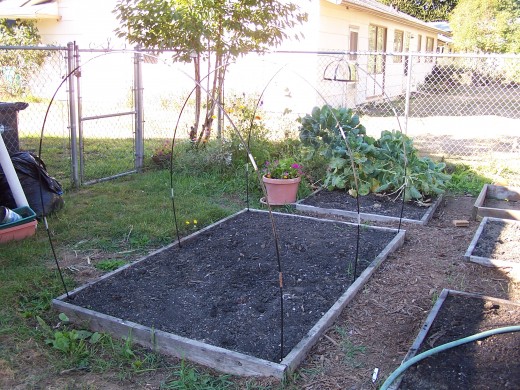
Organic Means Higher Costs to the Farmer
Because pesticides are not used in growing organic vegetables, greater care and more man hours must be used in growing them. Weeding is often done by hand, weeding that is not necessary when pesticides are used. Preventing insect damage must be painstakingly done by individuals rather than mass-spraying techniques. All of this adds to the cost of production, and that cost is passed on to the consumers.
In addition, the yield for organic foods is about 20% less per acre than for non-organic crops. This is due to the fact that in organic farming crops are rotated to insure that nutrients don’t disappear from the soil. Thus, every year part of the growing area is not used, thus lowering the profits for a farmer.
The same problems exist for cattle and other livestock that are raised organically. Organic feed for the livestock is more expensive, thus raising the cost and ultimately raising the price to the consumer. A ton of organic feed for cattle will cost about $350 per ton as opposed to $220 per ton for conventional feed.
And Additional Costs to Consider
For established farmers, switching over to growing organically is an expensive undertaking. It generally takes five years to complete this process, and those five years mean little or no profit as the soil is prepared, nutrients are introduced where once there were none, and so on. The loss of income during that five-year switch-over means the cost is once again passed on to consumers.
Being certified as organic by the FDA is more expensive that being certified as non-organic; a sad truth but a truth nonetheless.
Consider also that a certain percentage of crops are lost to pests on organic farms, and that loss of productivity…you guessed it….is a cost that affects the price of the produce.
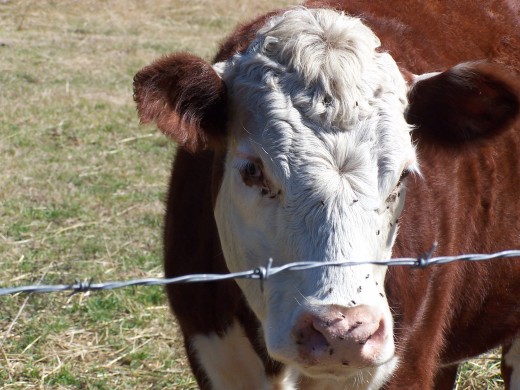
Time Is Money
Because organic farmers don’t use growth hormones to increase production of their crops, they naturally cannot grow their produce as fast as conventional farmers; this severely limits the amount of product they can harvest, and as stated before, limited supply means higher prices.
In addition, smaller crop yields means smaller shipping loads, and smaller shipping loads means a higher cost of shipping. Shipping rates are determined by size; larger loads cost less to ship.
And Then We Have the Government Factor to Consider
Government farm subsidies will lower the cost of farming. In 2008, the House Appropriations Committee made $7.5 billion available for farm subsidies. Of that, only $15 million was available for organic farmers. Obviously, changes need to be made at the Federal level to encourage more organic farming and give farmers an incentive to take on this challenge.
And Then We Have the Retailers
Walk into your favorite supermarket and look at the shelves of food. Now consider a retail truth: every foot of shelving is money to the grocer, and the amount of money that foot is worth depends primarily on turn-over of product. Stated another way, a foot of shelving that carries a product that does not sell is not making the grocer any money, correct? Conversely, a foot of shelving that turns over product at a high rate is making that grocer money and making him/her happy in the process.
Higher price means, generally, a lower volume of sales, so when shelves are loaded with organic products that do not sell in volume, the grocer has a decision to make, and often times that decision is to load the shelves with less-expensive products that are not organic. There is no fault on the part of the grocer; they are, after all, in business to make money. This really is a classic Catch 22 situation; the organic produce would sell more if there was more to sell; since there is an inadequate supply, grocers really must do the only thing that is wise for their business and devote most of their retail space for conventionally-grown produce.
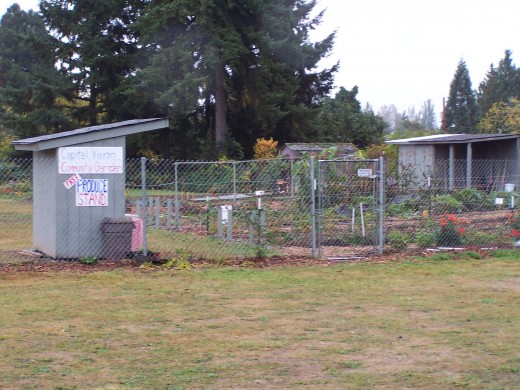
A Glimmer of Hope
In the last forty years, four million farmers have disappeared from the American scene. A Supreme Court ruling in late 2001 concerning patents on seeds pretty much spelled death to many independent farmers and spelled billions of dollars in profits to companies like Monsanto.
But the increase in demand for healthy, safe organic foods has given hope to those independent farmers who are still hanging in there. The demand is there; now farmers must find a way to produce organically at a lower cost. Once that has been accomplished then chances are very good that prices will go down on organic foods and more farmers will enter the fray. New technologies are being devised, and it is not a stretch to believe that soon some of these costs will be lowered.
In the meantime, as we wait for organic farmers to find the answers that will lower production costs, we all can do our part by shopping locally whenever possible. Support your local farmers! If this organic movement is to become viable and profitable, demand must continue to rise and local support must continue. The question we all should be asking is this: is it worth the extra 10% to 40% in price to assure that our families will be eating healthy foods that have not been modified or possibly poisoned with pesticides? If your answer is yes to that question then there is only one option….support the organic movement.
2013 William D. Holland (aka billybuc)





